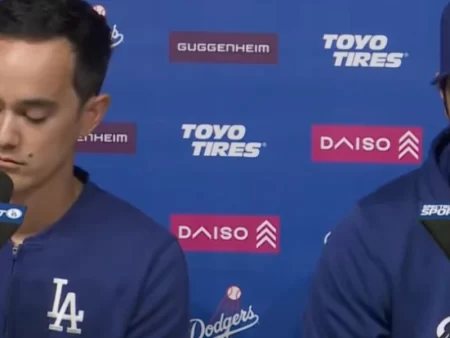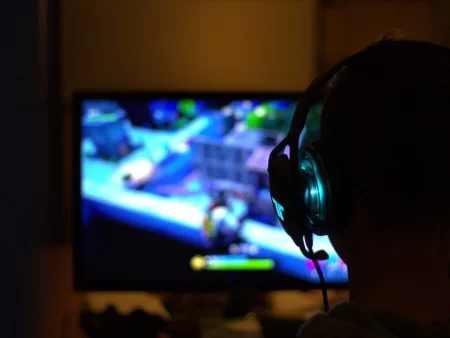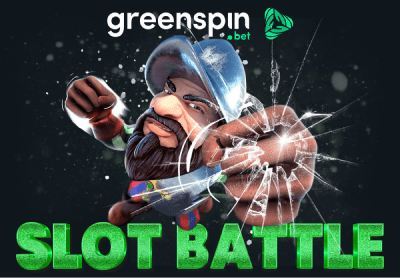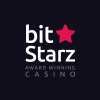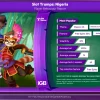With Counter-Strike 2 launching this summer, Clay Bartolo, trading operations Leader at Pandascore, poses some key questions about what the launch could mean for the esport and how this can impact trading.
On 22 March, Valve, the publisher of Counter-Strike: Global Offensive (CS:GO) – the world’s biggest title for esports betting – formally announced that it will launch a new title, Counter-Strike 2 (CS2) this coming summer.
Summer has arrived but the final release date for CS2 remains a mystery. With a chance that the game could be launched any day, Clay Bartolo, trading operations leader at Pandascore, poses some key questions about what the launch could mean for the esport and how this can impact trading.
Updated graphics, adjustments to maps and tweaks to mechanics raise a lot of questions about how the markets are going to be priced. The quirks of the competitive calendar and how this interacts with the launch could also throw another spanner in the works.
Early planning for Counter-Strike 2
Alongside the launch announcement came news that the recent BLAST.tv Paris Major would be the last major on the current title CS:GO, with the first official tournament on the new CS2 being the PGL Major Copenhagen in 2024. This means we’re still a while away from seeing the new competitive environment in action, making it difficult to make any definitive assumptions. However, there are some features of CS2 that can be examined to inform our look ahead.
Adjusting to game mechanics
While the core structure of the game isn’t changing, there are some important changes to mechanics that we know are coming:
● shooting through smoke grenades creates vision
● fire from Molotovs takes longer to spread
● player movement is tweaked
● changes to maps creating new dynamics and opportunities
The specific impacts of these changes on the competitive environment are tough to predict, as even tiny changes can reveal new strategies and game plans. However, even though the first official tournament takes place in March 2024, the game itself will be launching for general play months beforehand. This means we will be getting a glimpse of the potential impact of these changes months before the first official tournament takes place.
One thing that is certain is that form and skill will not necessarily carry over from a team’s performance in CS:GO. From a team’s strategic preferences, how they prioritise training, to how much time they have spent in the CS2 environment before the switch, any and all of these factors could result in even a top team in CS:GO struggling in CS2.
In the first few tournaments and particularly the first major, the teams that can adapt quickly to the changes will be rewarded. This means that a big strategic question for teams is how they will handle the transition period. When will they switch to the new game, are they going to train for both games and, if so, for how long?
Scheduling may favour the underdogs
With the competitive circuit as it currently stands, top-tier teams are likely to be playing CS:GO until at least the December player break. These teams will be trying to balance their desire to be competitive in the new game with their desire to maximise winnings in the final CS:GO tournaments. For lower-tier teams that have no big tournaments coming, there’s a much higher probability that they will make the switch earlier and focus their training on the new game. For teams that aren’t present at DreamHack or the big BLAST competitions, there is an opportunity to build an edge come time for pro-CS2 because they have more practice and familiarity with the new game.
There could even be some teams withdrawing from some CS:GO tournaments to smash low-tier CS2 tournaments to prepare for the Regional Major Rankings (RMR) qualifiers. Practising in public lobbies and scrimmages won’t be enough, teams will want to get as much competitive practice as possible to build match fitness for when it comes time to qualify for the major.
All these variables mean that traders will need to take on more factors than just historical data. For example, if a lower-tier team already has a few unofficial CS2 tournaments under their belt, an adjustment would need to be made. This means that overall we can expect more conservative, considered approaches when it comes to pricing CS2 markets in the early days.
Original Article

